Windows Home Server
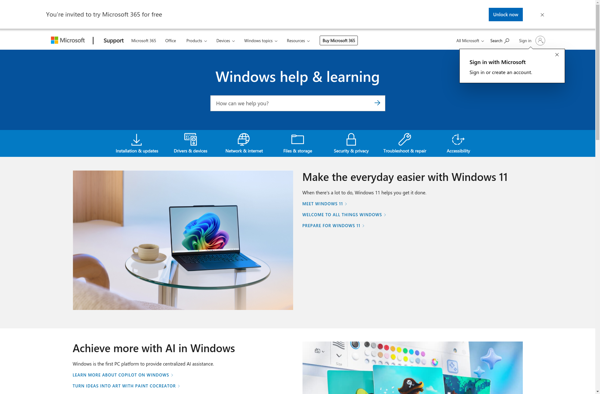
Windows Home Server: A Centralized Home Server for Easy File Storage and Sharing
A home server operating system designed to be easy to use, allowing users to store, share, and back up files, stream media, host websites, and more from a central home server.
What is Windows Home Server?
Windows Home Server is a specialized operating system developed by Microsoft for home servers. It was first released in 2007 and aimed to provide an easy-to-use solution for homes and small businesses to store, backup, and share data.
Some key features of Windows Home Server include:
- Centralized storage and backup of files from all computers in the home network
- Shared folders and automated file duplication for resilience against drive failures
- Remote web access to files, media streaming, and creating website hosting
- Add-on packs for additional functionality like online photo sharing
- Easy recovery tools to restore deleted or previous versions of files
- Low hardware requirements suitable for old PCs to function as a server
Windows Home Server can help organize data in the home, provide extra protection against data loss, and enable features not possible with regular client versions of Windows. It automated many tasks like backups that would otherwise require manual configuration.
The product line was discontinued in 2012 as cloud storage and services reduced consumer demand for home servers. But for a time it filled an important niche between advanced NAS devices and consumer operating systems.
Windows Home Server Features
Features
- Centralized file storage and backup
- Media streaming
- Remote file access
- Automated file duplication
- Home network connectivity and sharing
- Web server capabilities
- Add-on applications and services
Pricing
- One-time Purchase
- Subscription-Based (for add-ons)
Pros
Cons
Reviews & Ratings
Login to ReviewThe Best Windows Home Server Alternatives
Top Os & Utilities and Server Operating Systems and other similar apps like Windows Home Server
Here are some alternatives to Windows Home Server:
Suggest an alternative ❐TrueNAS
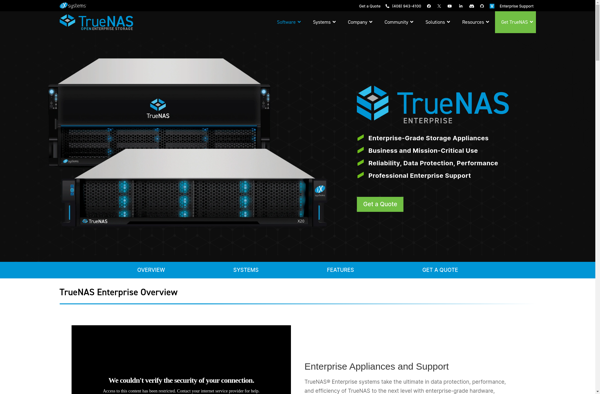
OpenMediaVault
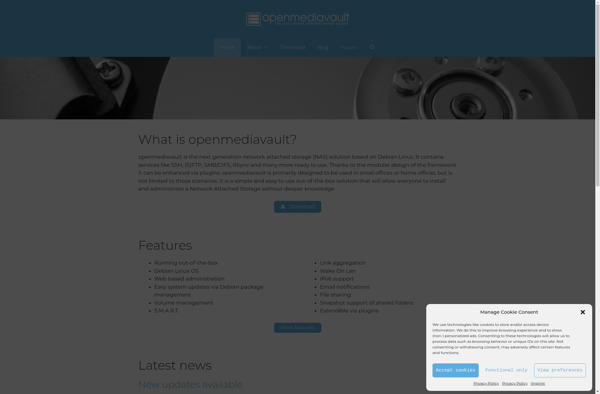
Zentyal
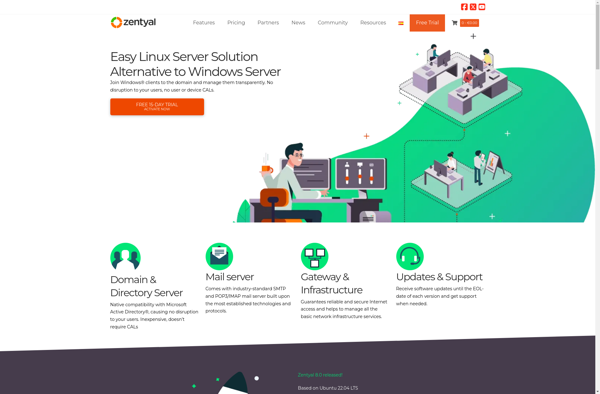
Univention Corporate Server
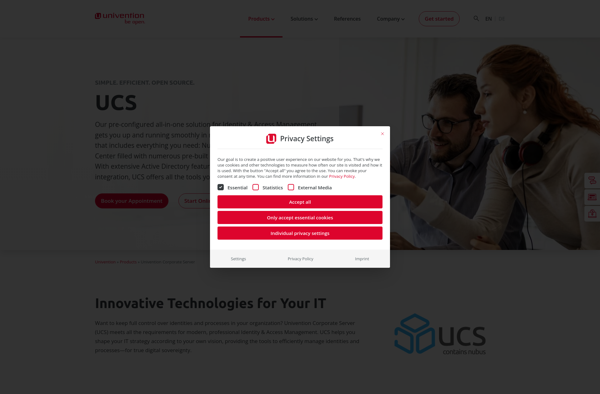
Amahi Home Server
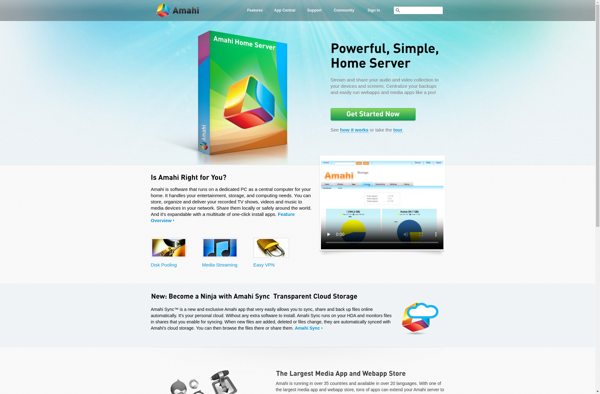
Sophos UTM
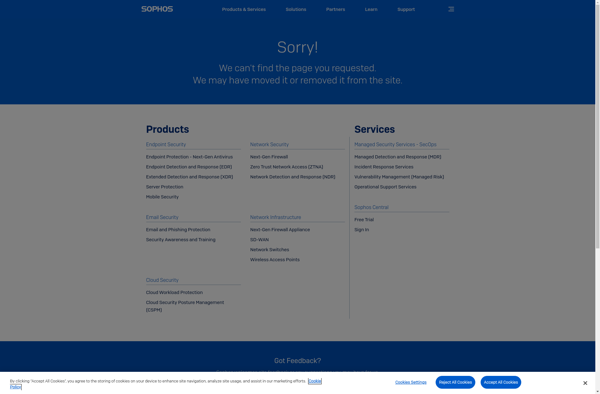
XigmaNAS
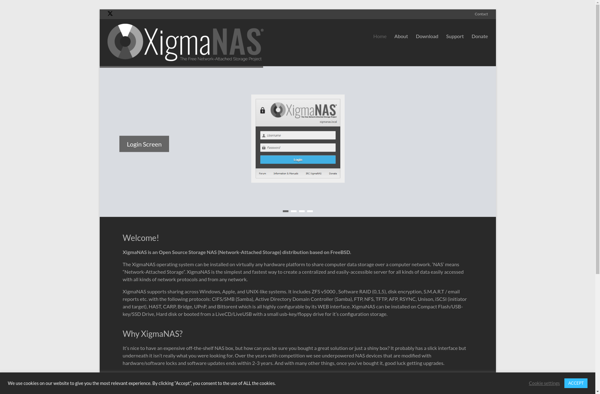
ClearOS

Artica

Greyhole
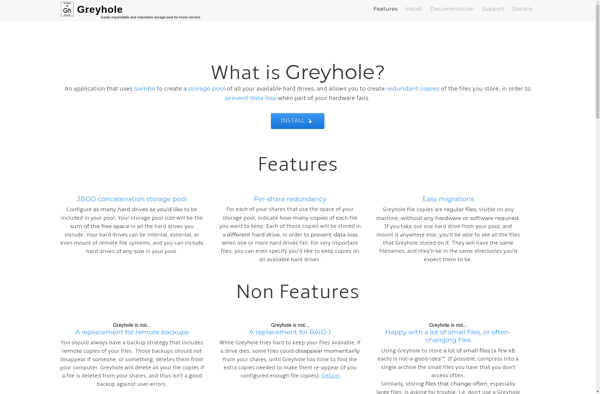
Windows Server 2012
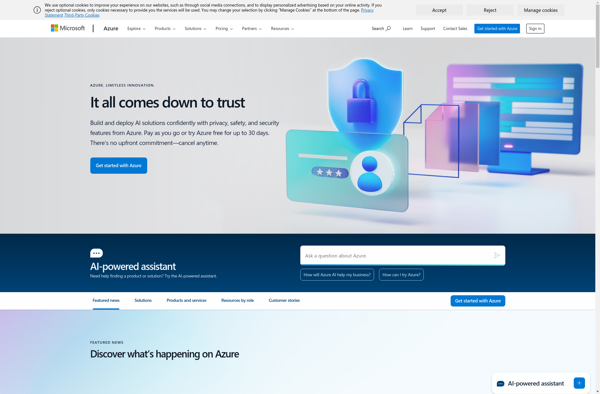
Windows Server Essentials
